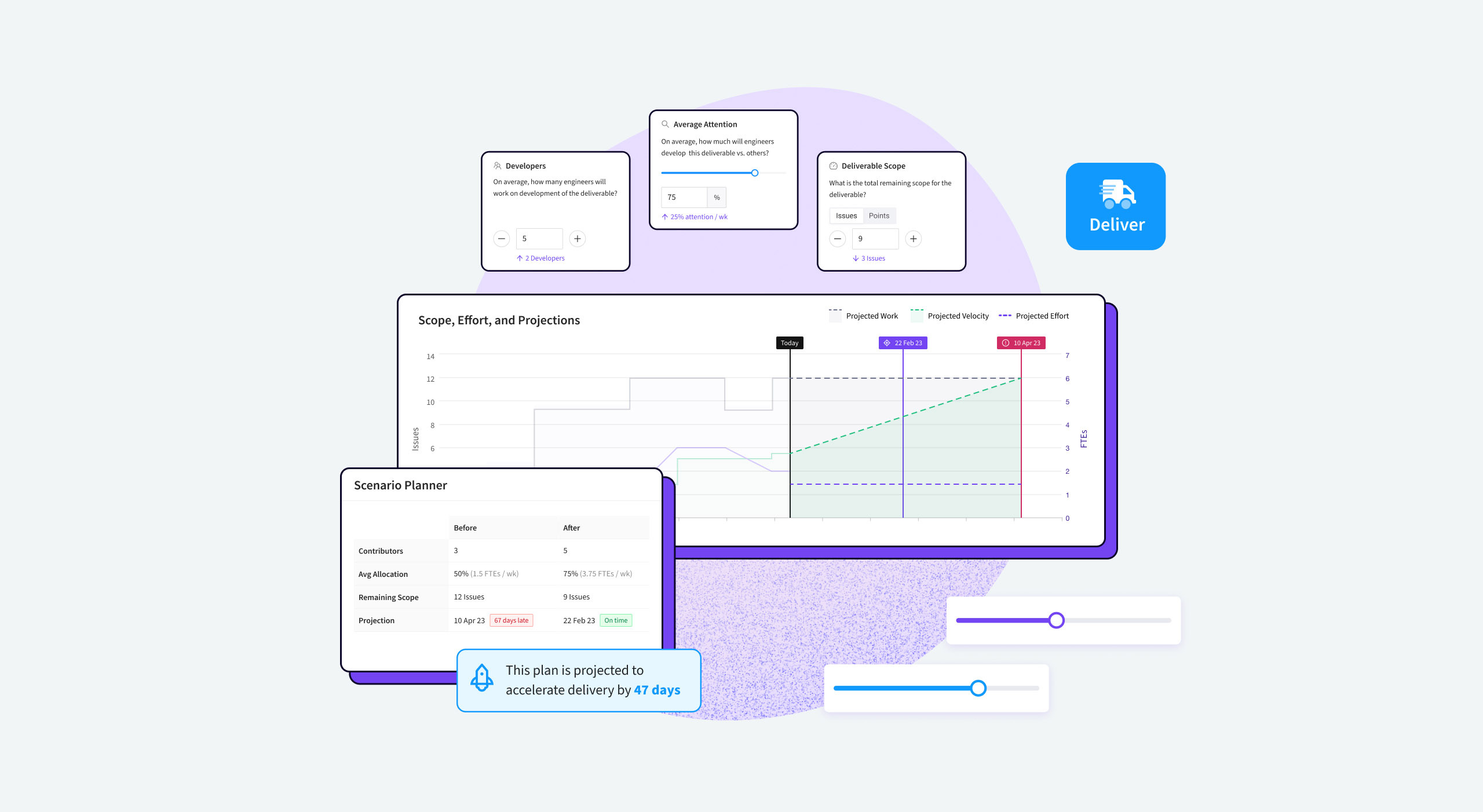What is Risk Management?
Risk management is a critical component for business planning. Effective risk management involves comprehensively evaluating your organization’s exposure to risks both internal and external, examining the impacts of those risks on your business projects, and adjusting your approach to strategic objectives accordingly.
In this article, we’ll be focusing on Risk Management in the Software Engineering space.
Risk Management in Software Engineering
In software development, decisions need to be made nearly constantly: what should we build? How should we build it? Who should work on it? How many resources do we throw at it? Do we prioritize this project over another one? Each of these decisions weighs a certain amount of risk. Risk Management is an essential component of the software decision-making process, and it involves identifying, assessing, and mitigating threats to resources, delivery times, quality, and team morale, among other things.
Modern software development practices have empowered teams to work more collaboratively, respond quickly to changing requirements and deliver software in shorter cycles. This has gone a long way to mitigate risks inherent with longer, waterfall-style development processes because pivots are easier to make, changes are easier to roll back, operations are easier to tweak. Still, risks are unavoidable, and in an Agile or DevOps methodology where deployments are continuous, risk profiles are constantly evolving.
There are a number of best practices when managing risk in the Agile software development process. These include:
- Identify Risks Early: One of the key aspects of effective risk management in Agile is to identify risks at the earliest possible stage. Teams should integrate risk identification and analysis into their sprint planning process. Teams can also review their backlogs to identify potential risks and assess their likelihood and impact.
- Prioritize Risks: Once identified, teams should prioritize risks based on their level of impact and likelihood. This allows them to initially focus their efforts on the risks they deem most critical.
- Integrate Risk Management into Daily Stand-Ups: To ensure that risks are addressed consistently throughout the development process, teams can integrate risk management into their daily stand-ups. A ‘Risk Management’ standup segment can be used to discuss new risks, provide updates for on-going mitigation activities, and identify any risks that require further attention.
- Monitor Risks Throughout the Development Cycle: Agile development is an iterative process, which means risks can arise at any stage. It’s important for teams to regularly review and update their risk assessments throughout the development cycle to address emerging risks effectively.
In the DevOps world, there are some additional best practices to consider:
- Automate your Risk Management: Automation is an essential component of the DevOps approach, and risk management is no exception. Teams can leverage automation tools to identify and mitigate risks, monitor performance, and provide real-time feedback to developers.
- Prioritize Continuous Testing: Continuous testing is a critical aspect of the DevOps process, as it enables teams to detect and address issues early in the development cycle. Testing should cover both functional and non-functional requirements, including security and performance testing.
- Integrate Security into the DevOps Process: Security is a crucial concern across the board in software development, and DevOps is no exception. Teams should integrate security testing, threat modeling, and vulnerability assessments into their development and deployment workflows.
- Implement Continuous Monitoring: Continuous monitoring allows teams to identify and address issues in real-time. Monitoring should include both application and infrastructure performance, as well as security and compliance checks.
Types of Risk Management in Software Engineering
There are several types of risk management in software engineering that can help teams identify and mitigate potential risks:
- Technical Risk Management: this type of risk management focuses on technical aspects of the software development process, including risks related to software design, implementation, and testing. It can involve techniques such as code reviews, automated testing, and static analysis tools to identify potential issues.
- Security Risk Management: this can involve techniques such as penetration testing, vulnerability assessments, and code analysis tools to identify and remediate security risks.
- Project Risk Management: this centers around the operational management of a software development project. This can include risks related to scope, budget, and timeline, as well as risks related to project dependencies and stakeholder communication.
- Operational Risk Management: Operational risk management focuses on risks related to the ongoing operation and maintenance of the software product. This can include risks related to performance, reliability, and scalability, as well as compliance and regulatory requirements.
- Business Risk Management: Business risk management focuses on risks related to the business impact of the software product. This can include risks related to market demand, competitive landscape, and financial performance, as well as those related to intellectual property and legal compliance.
Project Risk Management in Software Engineering
Project and Business Risks are some of the most common, but most difficult risks in software development today. While there are numerous tools to help teams plan projects and product development, these don’t account for external factors that constantly impact project delivery timelines. The most effective way to manage this risk is to model development resources and manage them across software projects at the team and organizational levels.
This process is called Scenario Planning.
Take the Scenario Planning Product Tour here.
Scenario Planning empowers both decision makers and program managers in engineering to make informed decisions based on data, as they manage resources across multiple projects. Using data informed models enables teams to calculate the opportunity cost of moving engineers from one project to another. By incorporating this model into their planning processes, leaders can more accurately forecast project outcomes and make more effective re-prioritization decisions. Ultimately, it enables teams to conduct a comprehensive analysis of the opportunity cost impact of allocating resources to different projects, which allows for more strategic and effective resource management.
Learn more about Jellyfish Scenario Planning here or request a demo today.






